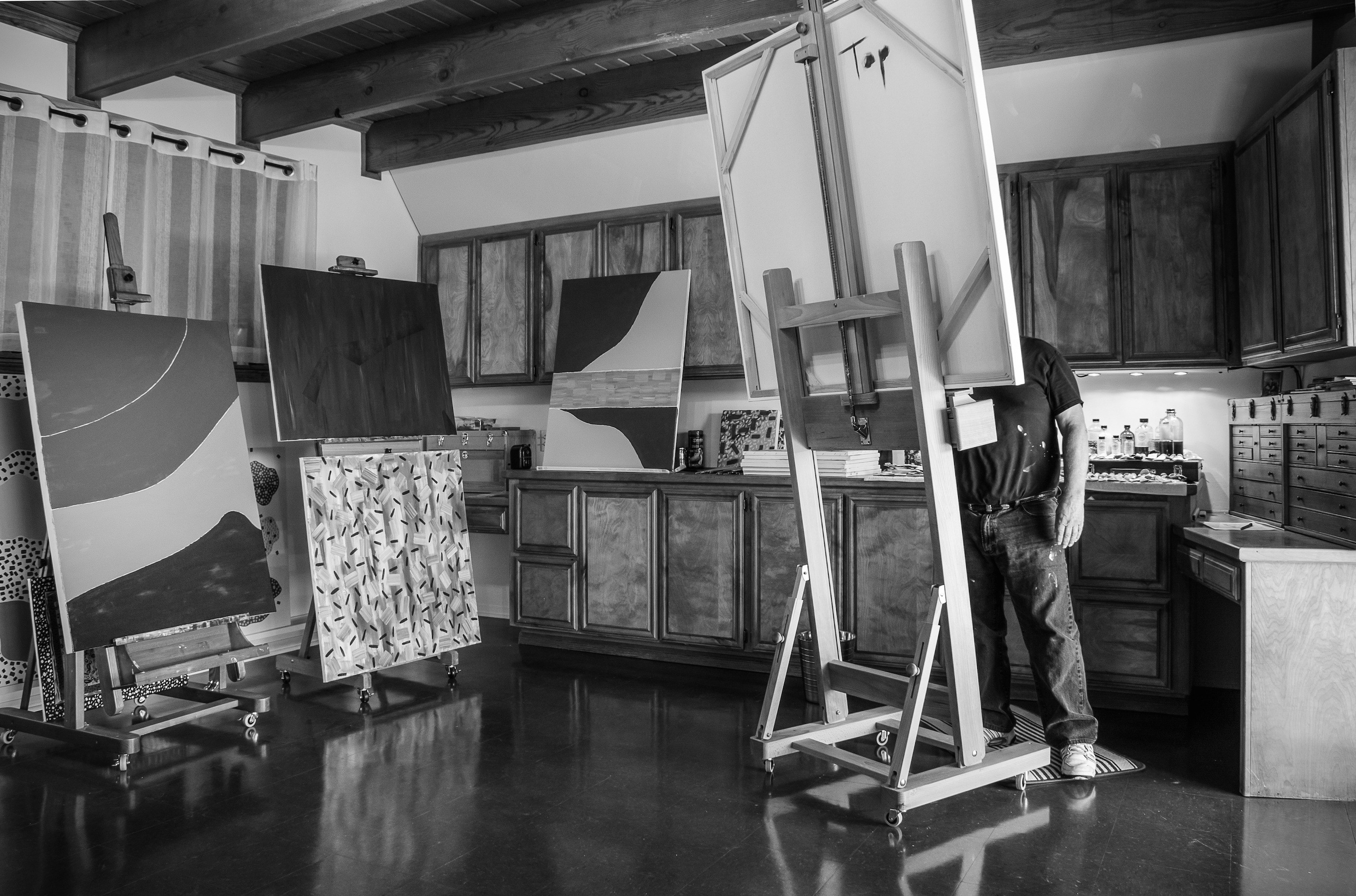I hate going to art museums…there I said it.
Well…actually I love art museums. Been lucky enough to view most of the world’s great art, past and present. But I don’t dare go anymore. I can no longer afford to be influenced by other artists and the “isms” their styles represent like Abstract Expressionism, Aestheticism, Classicism, Neoclassicism, Cubism, Orphism, Existentialism, Expressionism, Futurism, Photo Realism, etc. You get the picture if you’ve studied art.
For me I wanted to create my own unique style and I can assure you that it doesn’t come easy. But if I were asked the best way to approach a style, I would tell other artists that you may be doing yourself a great disservice and ultimately cost yourself many years of experimentation and floundering by wasting your time exploring other people’s art. Studying art is rewarding, but it also fills your mind with other people’s work, interpretations and styles, leaving very little room for you to enter into your own mind to tune into the universe and come up with your own vision. Much can be said of any art class that teaches you anything other than technique. You need to learn and understand your medium, which some art classes can be helpful. But for me I was able to learn from reading books. Paint is paint. There are a whole bunch of things you can add to it and a bunch of different ways you can impart it to canvas, but leave that to your mind to reveal it’s untapped creations.
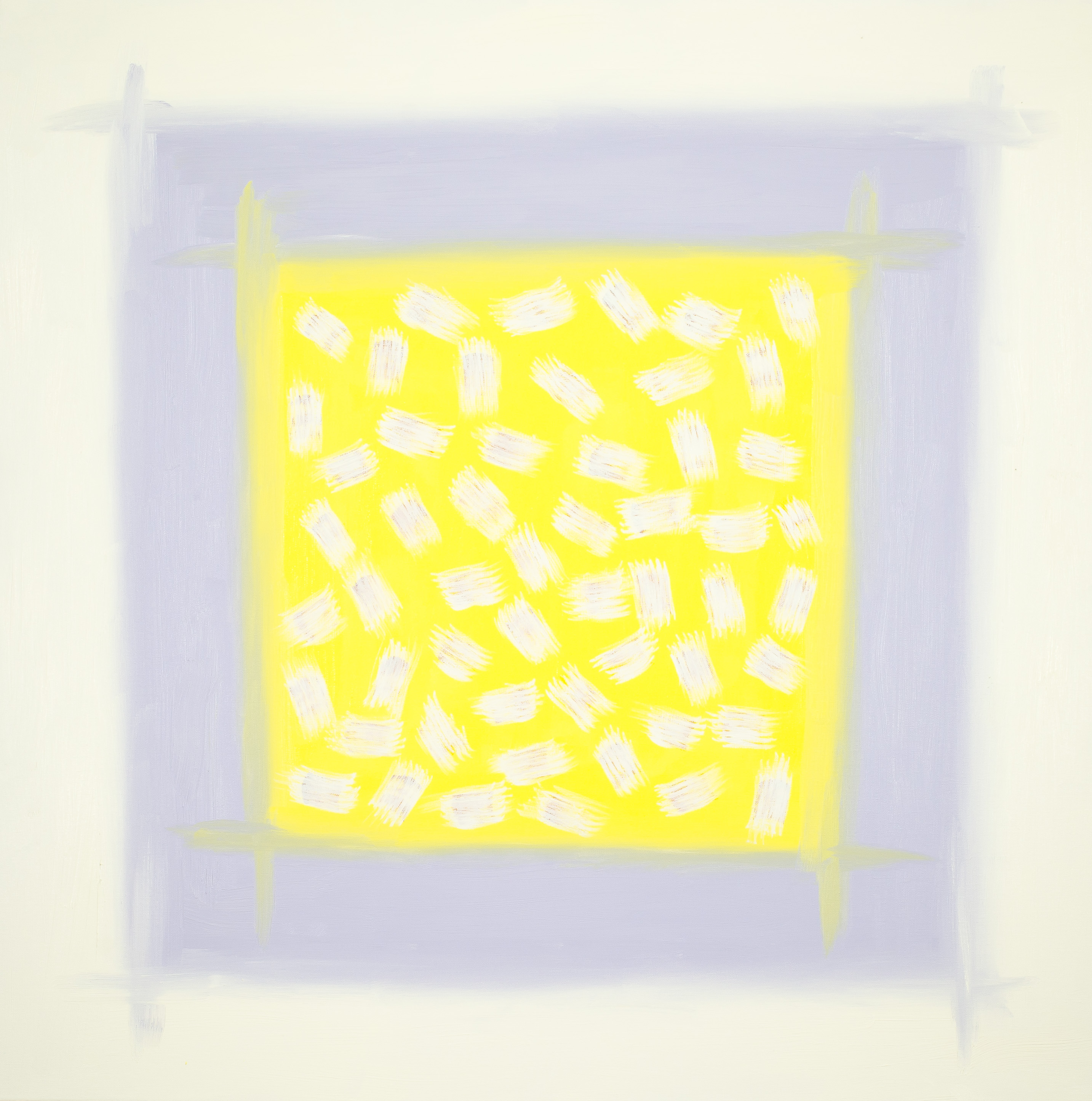
On many occasion when a collector or family member or a concerned citizen asks me the one question that I find the most perplexing for me to answer is, “What inspired you to make this painting?” after I go through my usual internal repertoire of answers like the mean ones, the condensing ones, fruitless ones and plain old placating ones. I try and simply say the inspiration purely comes from my mind and arguably there may be divine influences. This answer rarely satisfies and often leads to further in-depth discussions. Sometimes positive…other times argumentative…but always interesting for all parties.
“Who guides my brush, it be not me.”
Rod Jones Artist
Admittedly, at one time, I was somewhat seduced by Synchronism. Based on the idea that color and sound are similar phenomena and that colors in a painting can be orchestrated in the same harmonious way that a composer arranges notes in a symphony. Loving music and how it has always been an important aspect in my daily life. It kind of made sense that when introducing paint to a canvas and you have Beethoven’s Pastoral Symphony No 6 playing in the studio, the color and the strokes just seem to harmonize with the composers composition. Of course you can get a real painting high while listening to Miles Davis, Chet Baker or John Coltrane’s Equinox. If the spirit moves you a little Billie Holiday can make your mind moody…but my all-time favorite Dave Brubeck Quartet – Time Out album. Maybe it’s just their album cover. I know the creators of Synchronism Morgan Russell and MacDonald-Wright may find it a stretch, but I think country music compositions maybe an ultimate way to find you a note or two that synchronizes with red and blue.
But I quickly abandoned Synchronism and just went with my own inner flow. It took only about three or four paintings before my style appeared. After creating several hundred paintings it seems my chosen direction has no boundary, but yet manages to maintain a harmonistic style and look.
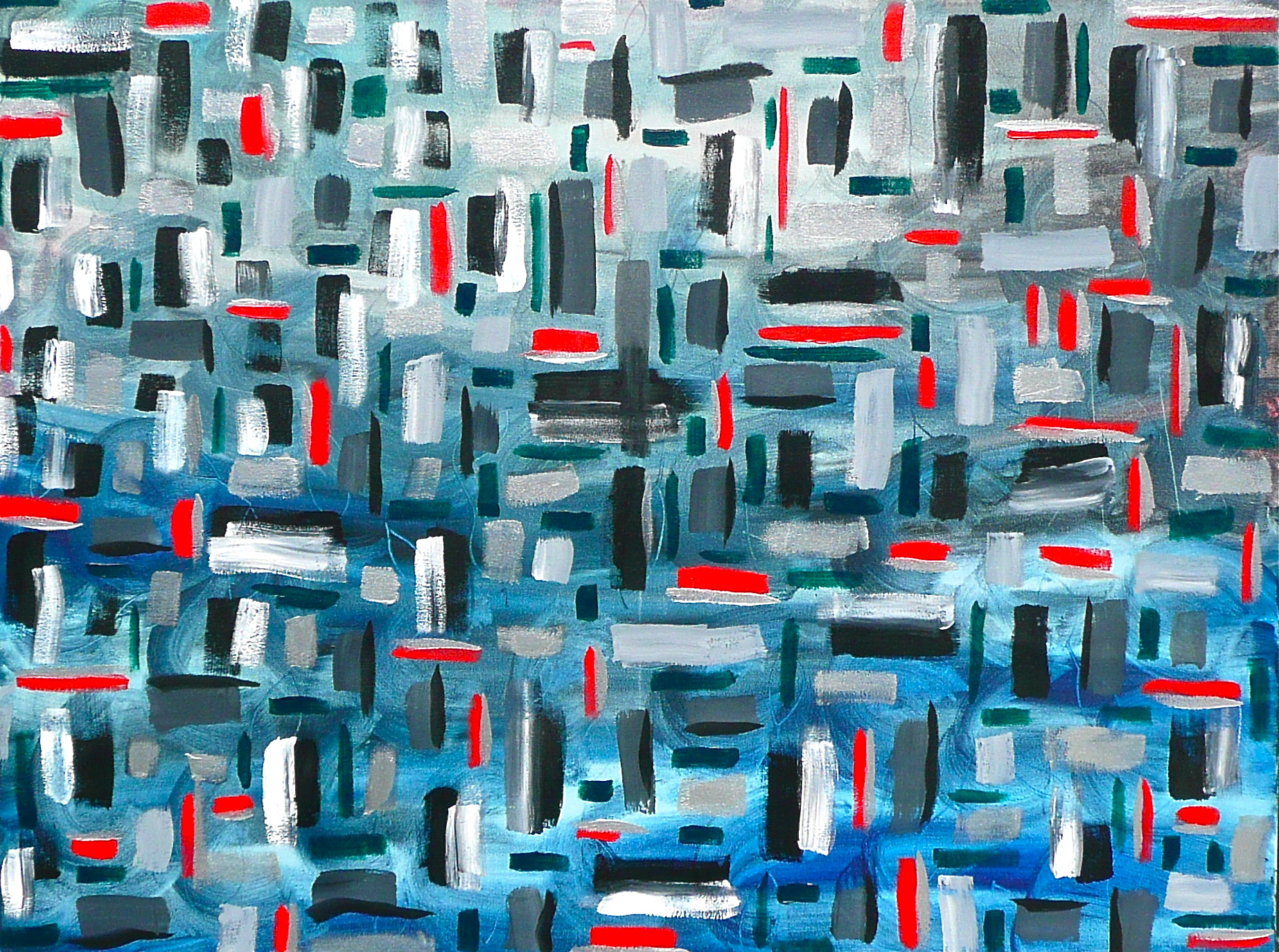
To my delight, coming up with a name that best describes my art came from the brilliant mind of a Computer Science & Engineering major, which just happened to be my daughter. She coined the phrase “Receptive Abstract Patternism”. Lo and behold, and happily I now had an “ism” that I could call my own.
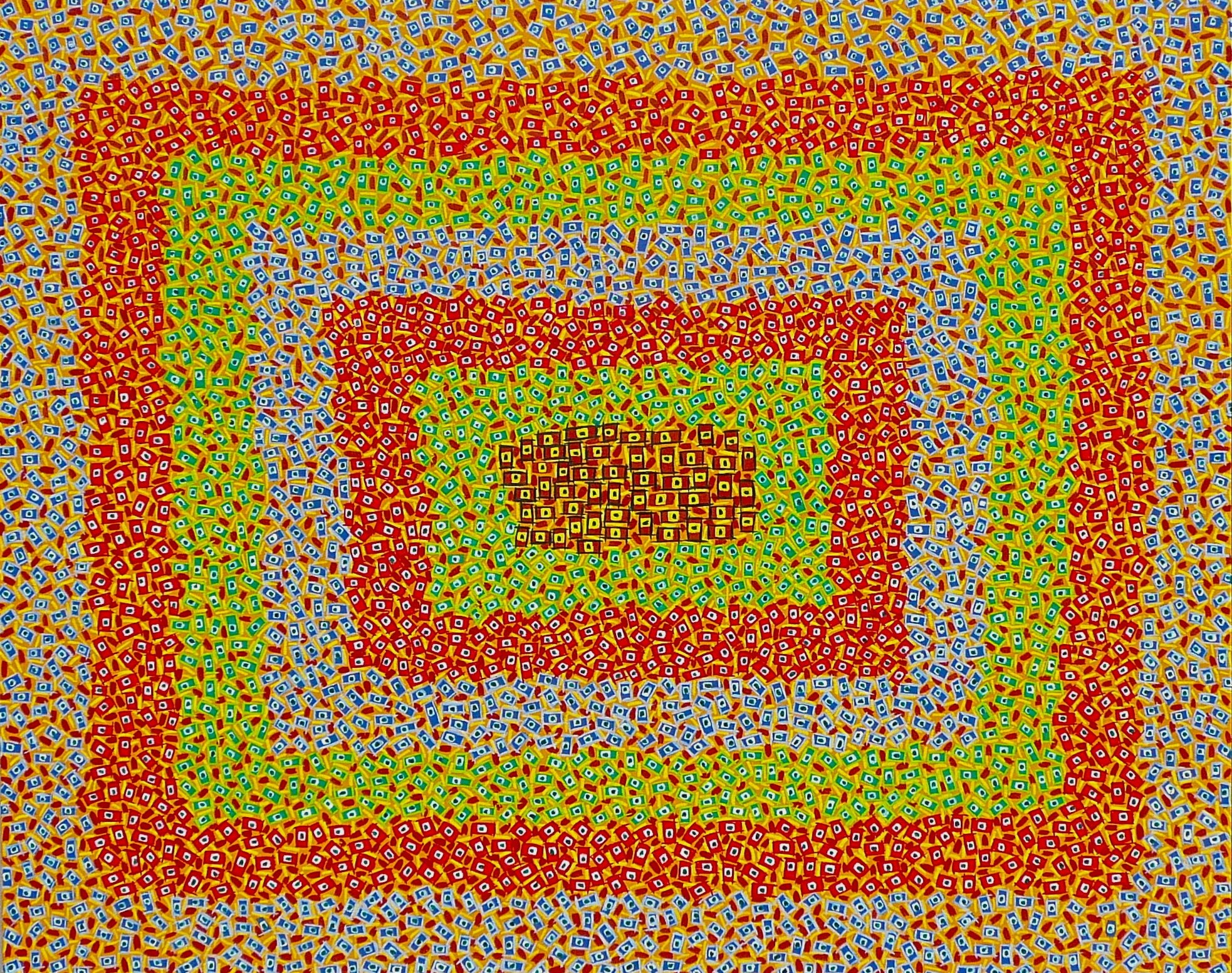
Medium: oil on canvas
In judging art… because for every piece of work there is an opinion and I’ve heard plenty of them. Historically there has always been a bit of a contentious relationship between Interpretive and Non-Interpretive art. I personally lean towards Non-Interpretive because of my background as a Commercial Photographer, it just seemed to me easier to photograph a dramatic scene in nature than try to interpret with a paintbrush. Painting abstractly requires looking in, and I might add the deeper you look the better, as opposed to looking out and being an observer or voyeur of the environment outside of the confines of your mind.
“To properly see a picture, is to try and see it through the eye of the artist that painted it.”
Henry Adams – From the book – Tom & Jack: The Intertwined Lives of Thomas Hart Benton & Jackson Pollock
So why do I paint the way I do? I can honestly say I don’t know exactly. I think there are certain influences that live inside, like my Dyslexia, my feelings of relating music and color together and my mechanical aptitude. Plus childhood memories, my father owned a paint store and I was surrounded by color paint chips at an early age. Commercial Photography certainly influenced my sense of composition. What I do know for certain is, I am imminently fulfilled. The colors I use, the juxtapositions of shapes, and the lack of cliché metaphors and iconography give me a profound sense of pleasure and satisfaction. It can be said for me the daily stresses of life are pushed out of the studio when I stand before a blank canvas.
“Get into your mind’s eye and discover your soul and its relationship to the universe.”
Rod Jones Artist
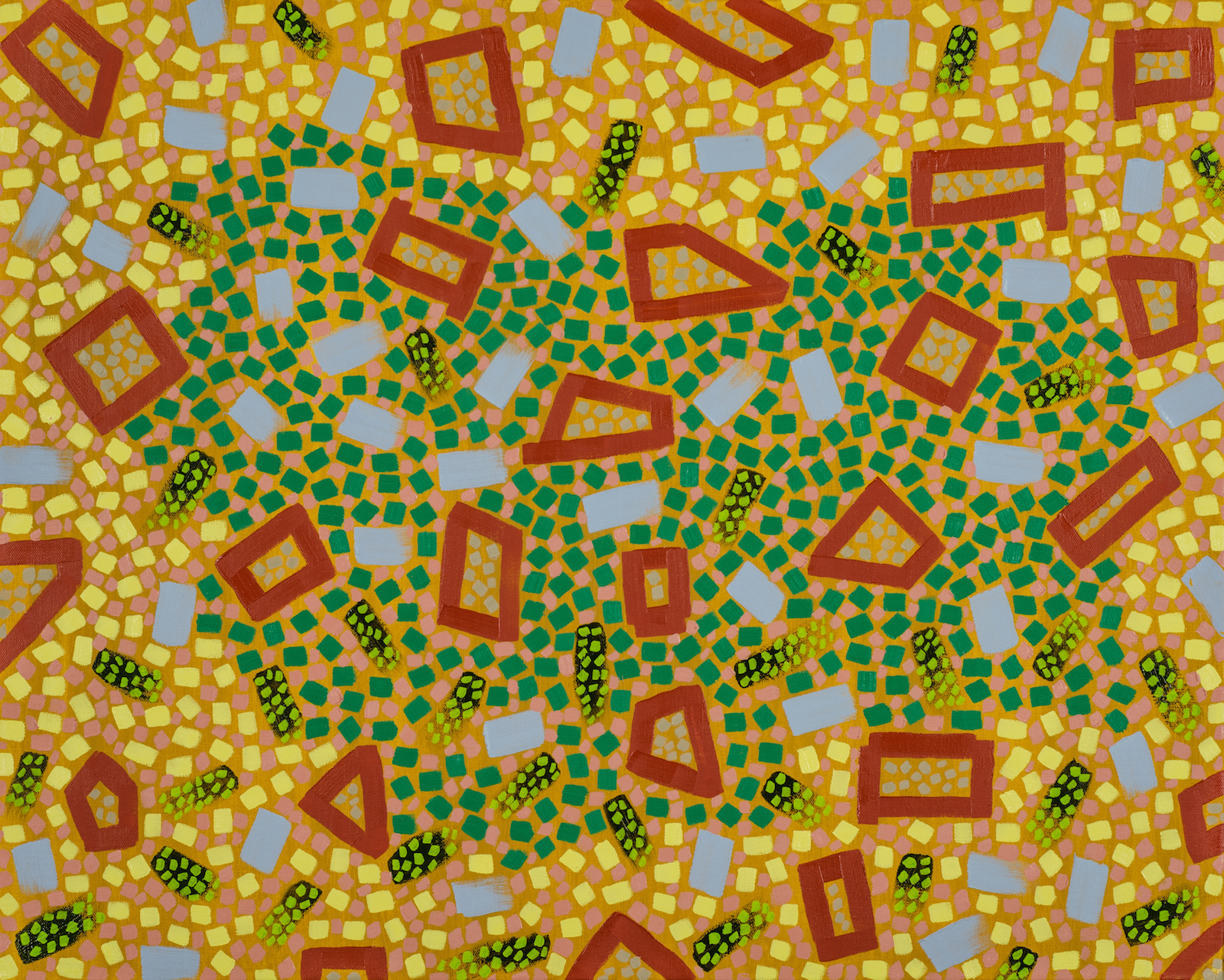
**Just for fun…and maybe a little artistic jading…I’m going to visit the re-opening on May 14th of San Francisco Museum of Modern Art – SFMOMA http://www.sfmoma.org
Highly Recommended Reading: A Great Read for Artists & Non-Artists alike. Not what you would expect. Lots of information on the genesis of abstract painting, plus interpersonal relationships.
You can download Dave Brubeck’s Time Out Album MP3 below. Check out the cut Take Five an iconic piece of music to go with an iconic album cover. May get your creative juices flowing. Copacetic!
